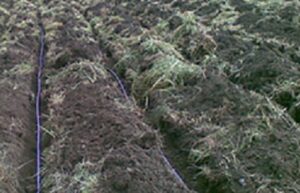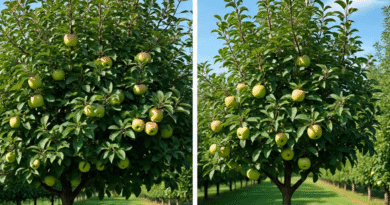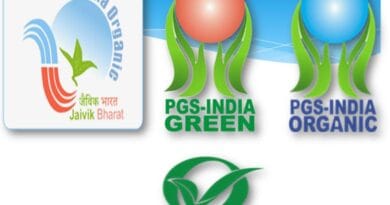Importance of Sub-soil or Sub-surface Irrigation System
Sub-soil or Sub-surface Irrigation System: water is discharged into trenches or pipelines
Subsoil irrigation means the application of water to the crop from beneath of soil surface. It may be done either by constructing trenches or by the installation of underground pipelines (impervious layer)
How do subsoil or subsurface irrigation systems work?
The vicinity of the root zone and water under pressure is distributed through these pipes.
4) The initial investment and maintenance costs are prohibitive The system is, however, very efficient, since the water losses through evaporation from the wet surface can be minimized.
1) This system possesses good control over water application It also ensures uniformity of application of water
2) Losses of water due to evaporation is highly reduced
3) The quantity of water applied to the field can be easily fine-tuned. This method avoids loss of water due to runoff or evaporation
4) Frequent irrigation can be easily performed, resulting in maintaining optimum soil moisture content in the root zone
5) This system is highly suitable for windy and arid areas
6) Pre-treated wastewater can be used for irrigation under this system because the risk of direct contact with crops and laborers is reduced
Disadvantages of Sub-soil or Sub-Surface Irrigation Systems;
1) This system has the risk of clogging
2) Under the saline water areas, The salts of irrigated water accumulate at the wetting front
3) Sometimes the underground pipeline openings get damaged or blocked by root hairs
5) Suspended organic matter and clay particles in the irrigation water may damage the system
6) Rodents may damage the Pipeline by chewing




